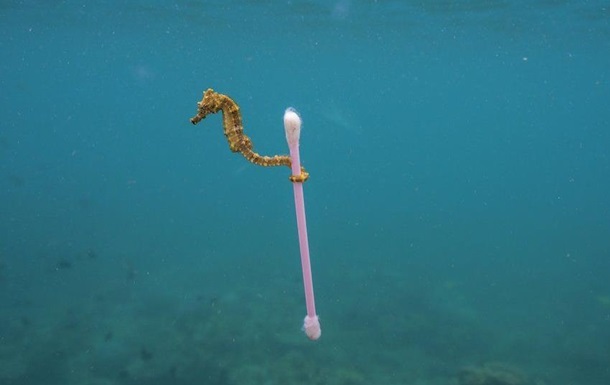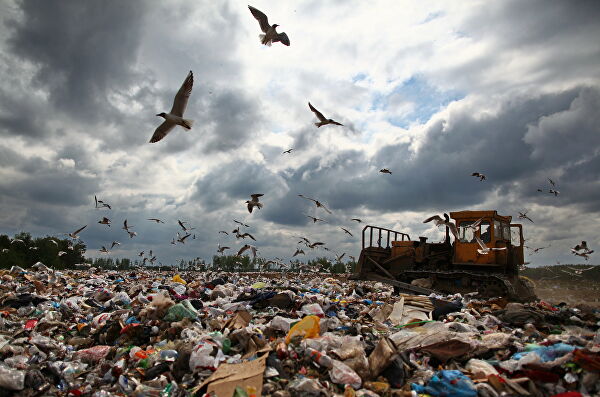More than 8 million tons of plastic fall into the world's oceans every year. Such wastes injure whales, dolphins, turtles, seabirds, fish, etc., and can cause prolonged pain in animals. According to the data collected, a total of 1,472 marine species suffer from plastic contamination.
The popular magazine National Geographic has dedicated its new issue to this environmental issue. The publication was published under the title Planet or Plastic? NatGeo publishes a wealth of stunning data, statistics and visual photos that show how plastic kills wildlife. Scientists and researchers on the pages of the journal hope to fill gaps in knowledge about the long-term effects of plastic, which breaks down into microscopic particles that eventually fall into our food chain. "Every day, our travelers, researchers and photographers see firsthand the devastating impact of disposable plastic products on our oceans, and the situation is becoming increasingly dire," said Gary E. Knell, CEO of National Geographic Partners.
“According to the WWF, 80% of the plastic circulating in the world's oceans got there along with river water. Yes, a plastic bottle thrown into the water of Latorica or Borzava can get into the ocean water. Especially since our bottle has much more time than humans. Even disposable plastic lives longer than us, and we accumulate plastic waste every day. Therefore, the problem of plastic is a problem of personal choice that we make every day. Make the right choice, ”says Olga Denyshchyk, WWF's freshwater coordinator in Ukraine.
The Great Pacific Garbage Patch - an example of a giant landfill in the ocean - is so huge that it's hard to understand. It consists of an infinite number of plastic bottles, fishing nets, plastic toys, balls and all the plastic garbage imaginable. There are five floating plastic dumps in the world's oceans. 80 percent of the contents of these huge layers of plastic waste are due to land-based activities, with only one-fifth coming from ships or caused by some activity at sea. The sixth whirlpool of garbage may soon be in the Barents Sea. Garbage from the south of Europe along with the currents moves to the north. Microplastic contaminates everything from pole to pole, plastic is found even in polar ice, and its concentration is higher than in seawater there.
The global goal is to make plastic pollution socially, economically and politically unacceptable. That is why each of us must be aware of our responsibility for the environment. This requires a global agreement between the countries. The World Wide Fund for Nature (WWF) has launched a global "No Plastic in Nature" campaign. “The time has come for governments and businesses to also take full responsibility for plastic pollution. Join our struggle. Call on governments to introduce a global and legally binding agreement to stop plastic pollution, ”the statement said.
Anyone can sign the petition. Ukrainians also have the opportunity to join the global movement, which says "no" to plastic in nature. So far, more than 80,000 people from all over the world have voted.
Petition page.
<
|
![]()



